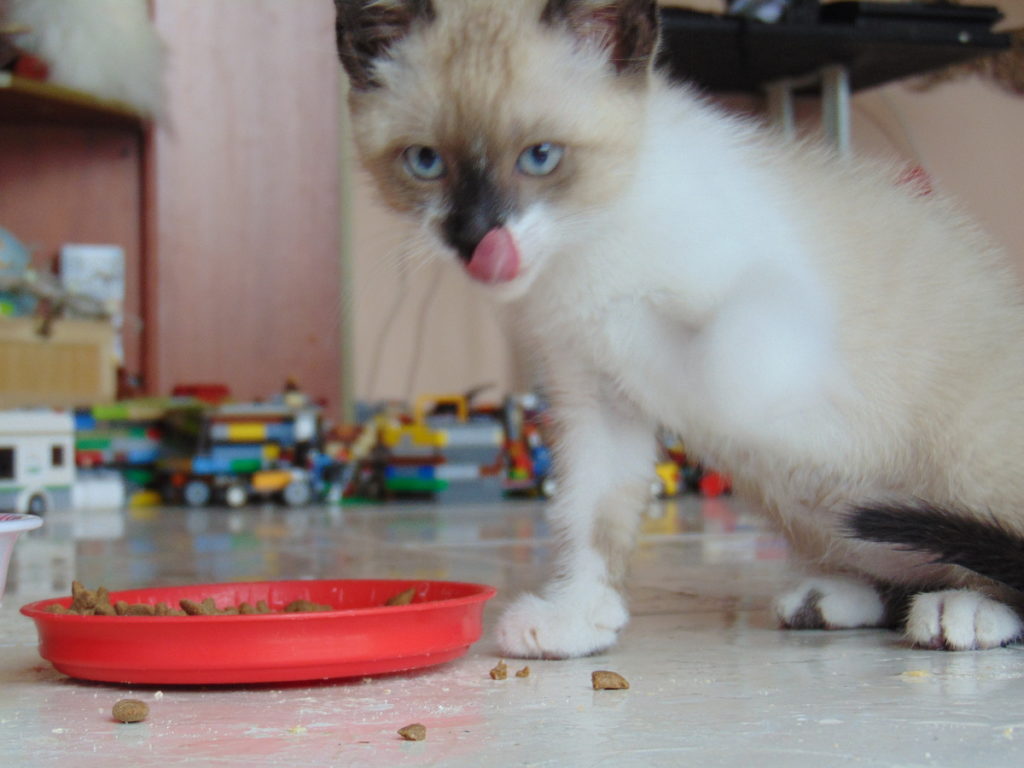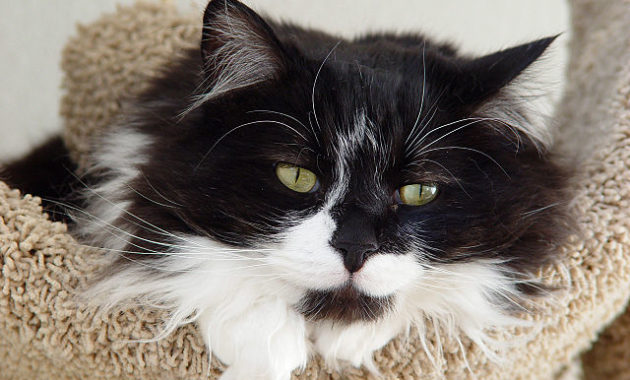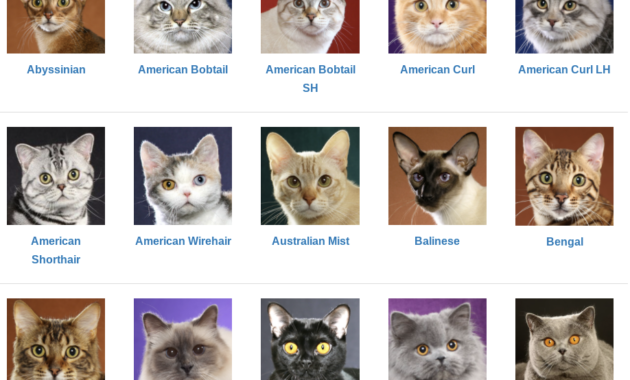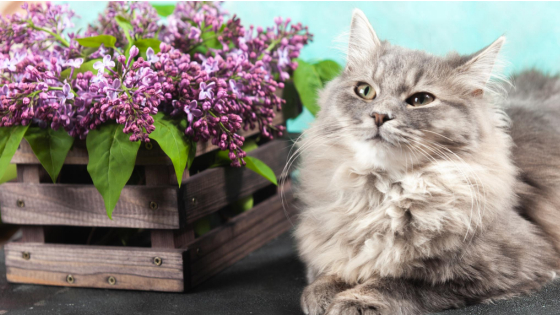
When it comes to our furry friends, their eyes can tell us a lot about their overall health and well-being.
From genetic predispositions to environmental factors, there are several common eye problems that cats may face throughout their lives.
In this article, I’ll share six common eye issues you should be aware of regarding your cat’s care.
Caring for your feline companion involves more than providing them with food and shelter.
It also means watching for any signs of discomfort or distress in their vision.
Knowing the warning signs of these common eye problems can help you give your cat the best care possible and prevent future issues from occurring.
With this knowledge, you can ensure your cat is happy and healthy for many years!
Conjunctivitis

Cats are prone to various eye problems, but conjunctivitis is one of the most common.
Also known as pink eye, this condition affects the conjunctiva, or the white tissue surrounding the eyeball and inside the eyelids.
Bacterial or viral infections, allergies, foreign objects in the eye, or dry eyes often cause it.
A severe case can cause retinal detachment and even blindness if left untreated.
The symptoms associated with conjunctivitis in cats include redness in the whites of the eyes, swelling in and around the eyes, discharge from one or both eyes (which may be transparent or cloudy), frequent blinking or squinting due to irritation, tearing that may be excessive at times, pawing at their face/eyes due to discomfort, and sensitivity to light.
If your cat is exhibiting any of these symptoms, it is essential to seek veterinary attention immediately.
Early diagnosis and treatment are vital for preventing further complications such as dry eyes or retinal detachment.
While there is no one-size-fits-all approach to treating conjunctivitis in cats, your veterinarian can recommend an appropriate course of action tailored to your pet’s needs.
SEE ALSO
Cats That Gain Weight Easily
Cats That Have A High Prey Drive
Glaucoma

Glaucoma is one of the most common eye problems in cats.
It is a condition in which the fluid pressure inside the eye increases, leading to damage to the optic nerve and eventual vision loss.
Several factors, including trauma, infection, or blockage of the outflow channels from the eye, can cause glaucoma.
Several treatments may be recommended depending on the cause of your cat’s glaucoma.
Dry eye is another common problem seen in cats.
This occurs when your cat’s eyes produce insufficient tears.
The lack of tears can lead to inflammation and even ulceration of the cornea over time if not treated properly.
Treatment for dry eye typically involves artificial tear solutions or medications to help increase tear production.
Ocular tumours are also a concern in cats.
These tumours can be benign or malignant and range from small growths on the eye’s surface to large masses within it that can impair vision if not treated quickly enough.
Treatment options depend upon how advanced a tumour has become and may include surgery, radiation therapy, chemotherapy, or immunotherapy, depending on its type and location.
Cataracts

Cataracts are a common eye problem among cats that can cause a progressive loss of vision.
As the cataract progresses, the eye’s lens becomes clouded and can eventually block all light from entering the eye.
Cataracts can be caused by genetics, age, trauma, or disease. Other conditions can lead to cataracts in cats.
For example, keratitis sicca is an inflammatory condition that affects the eye’s cornea and can lead to cataracts.
Uveitis inflammation is another condition that causes inflammation in the uvea layer of the eye and can lead to cataract formation.
Fortunately, these types of cataracts are treatable with medication and surgery.
Medication may help reduce inflammation, while surgery may be necessary for severe vision impairment.
If your cat has an eye disorder, you must take them to a veterinary ophthalmologist for evaluation and treatment as soon as possible.
Corneal Ulcers
Cataracts may impede a cat’s vision, but corneal ulcers can be excruciatingly painful and cause significant damage to the eye.
It is essential to understand the causes of this condition to prevent it from occurring.
The most common cause of corneal ulcers is trauma, usually caused by scratching or rubbing due to an underlying condition such as allergic conjunctivitis, eyelid malformation, or dry eye. In some cases, bacterial infections can also lead to ulcer formation.
Other less common causes include viral infections, foreign bodies in the cornea, and retinal detachment.
The treatment for corneal ulcers will depend on the severity of the case. It may range from topical antibiotics and anti-inflammatory medications to more aggressive surgical procedures such as debridement or cryotherapy.
Regardless of the treatment chosen, cats must receive prompt medical attention for any signs of ocular pain or irritation to reduce their risk for sight loss or permanent damage.
| Potential Cause | Possible Treatment |
|---|---|
| Trauma | Topical antibiotics & anti-inflammatory medications |
| Bacterial infection | Debridement or cryotherapy |
| Viral infection | Surgery if necessary |
| Foreign bodies in cornea | Antibiotics & anti-inflammatory medications |
| Retinal detachment | Surgery if necessary |
Distichiasis
Distichiasis is a relatively common condition in cats, in which the eyelashes grow inward and irritate the eye.
Sometimes, this can cause significant discomfort and even damage the cornea if not treated properly.
The most effective treatment for distichiasis is surgical removal of the offending lashes.
Left untreated can lead to more severe complications like eyelid tumours or retinal detachment.
The surgery is relatively straightforward and typically involves lifting the eyelid and using a small device to remove each offending hair one by one carefully.
Afterwards, your cat may need antibiotics or other medications to help keep any infection at bay and ensure proper healing.
In rare cases, distichiasis may require more aggressive treatments such as laser or cryotherapy.
However, these should only be used when necessary, as they can lead to further irritation and complications associated with their use.
It’s best to discuss all available options with your veterinarian before proceeding with any form of treatment for your cat’s eye condition.
Frequently Asked Questions
What Are The Signs Of Each Of These Eye Problems In Cats?
The eyes of cats are a window to the soul, but they can also be a window to medical issues.
All pet owners should be aware of the signs of common eye problems in cats, such as tear staining and eye infections.
Tear staining is often accompanied by redness and inflammation around the eyes, while infections can include excessive blinking, squinting, or discharge from the looks.
Both conditions can cause pain and discomfort for your pet cat, so prompt veterinary attention is essential.
With proper diagnosis and treatment, cats can enjoy healthy vision for years.
How Can I Prevent My Cat From Developing Eye Problems?
Preventing your cat from developing eye problems is paramount for their health and well-being.
Regular checkups with a veterinarian ophthalmologist are essential, as they can detect underlying issues that may be difficult to spot at home.
A healthy diet is also essential for your cat’s overall health and can help protect their eyes from potential issues.
If you’re unsure, don’t hesitate to consult your vet; prevention is key!
What Treatments Are Available For Eye Problems In Cats?
When treating eye problems in cats, many options are available to pet owners.
Like a beacon of hope shining through the darkness, the joy of seeing your furry friend healthy again can be just around the corner if you take decisive action.
At the first sign of symptoms such as redness or discharge, immediately consult your vet for a proper diagnosis and discuss a course of treatment.
With proper vet care and attention, cats can have their vision restored, leading to happy meows and purrs!
How Serious Are The Long-Term Consequences Of Eye Problems In Cats?
Understanding the long-term consequences of eye problems in cats is essential, as some can cause permanent damage if left untreated.
Cataracts are one such issue: when left unchecked, they can lead to vision loss and sometimes even blindness.
Preventative measures like regular checkups and ocular nutrition are the best way to reduce this risk.
But if a cat does develop cataracts, there are treatments available that can help slow their progression and protect their vision.
Ultimately, it’s essential to take action quickly if you suspect your feline companion has an eye problem – the sooner you start treatment, the better the odds of avoiding any serious long-term health consequences.
Does My Cat Need To See A Specialist For Eye Problems?
Regarding eye problems in cats, the first step should always be to consult your veterinarian.
Depending on the severity of your cat’s symptoms and whether they have an eye infection or a cataract, they may need to see a specialist ophthalmologist.
Cataracts can cause vision loss; in some cases, they can be surgically removed, while eye infections are usually treated with antibiotics.
In either case, getting your pet seen by a professional as soon as possible is essential to ensure their eyes remain healthy and avoid further complications.
Conclusion
As a veterinary ophthalmologist, I’ve seen the long-term consequences of untreated eye problems in cats.
Around 70% of cats over ten suffer from at least one eye disease or condition.
Knowing the common signs is essential to treating your cat immediately.
Prevention is critical; regular checkups and good hygiene can help reduce the chances of your cat developing an eye problem.
To ensure your pet’s eyes stay healthy, it’s best to consult a specialist if you notice any changes in their vision or if the issue persists for more than a few days.
With early detection and proper treatment, most cats can lead everyday lives despite their eye issues.




